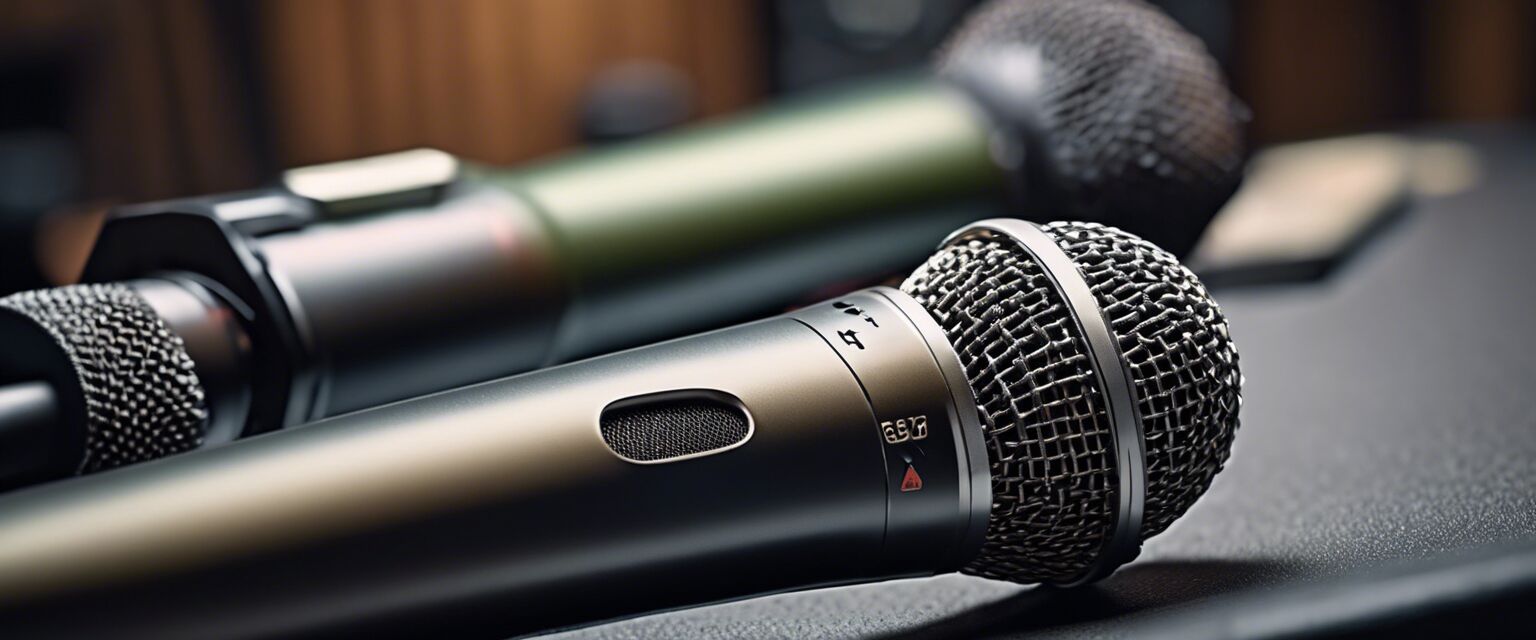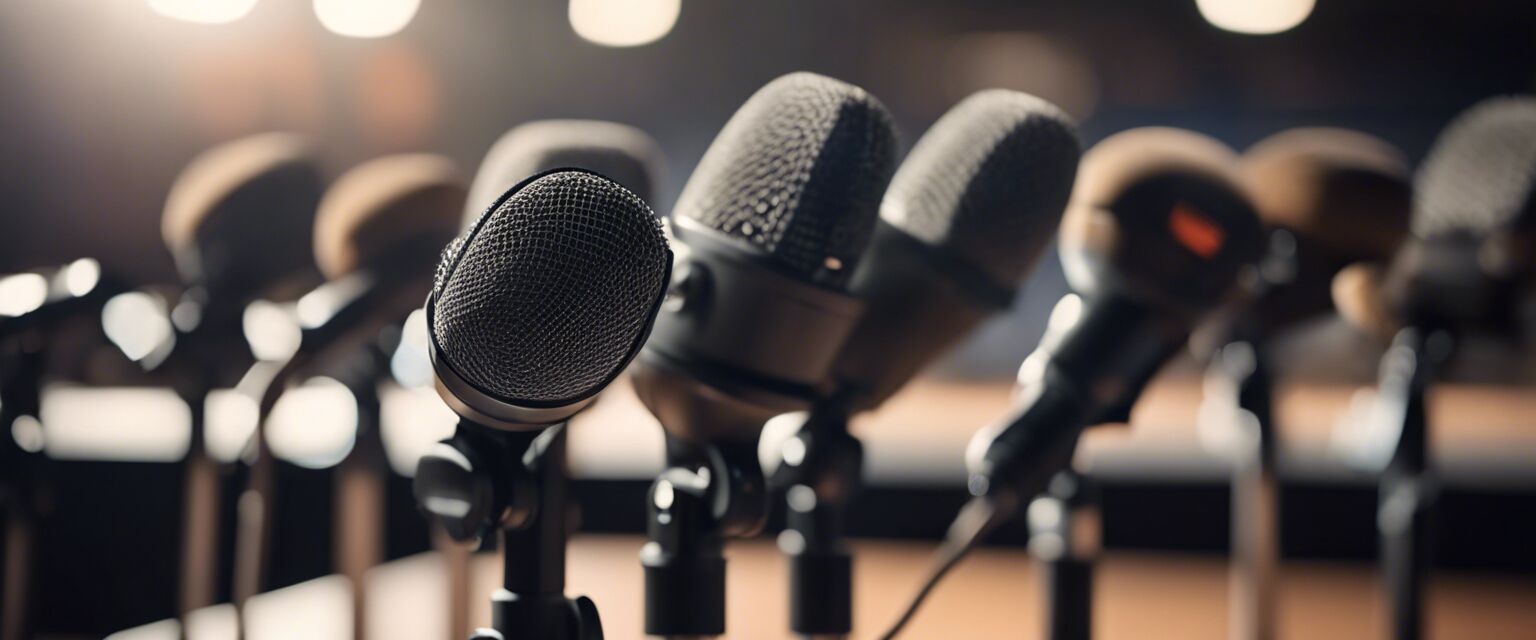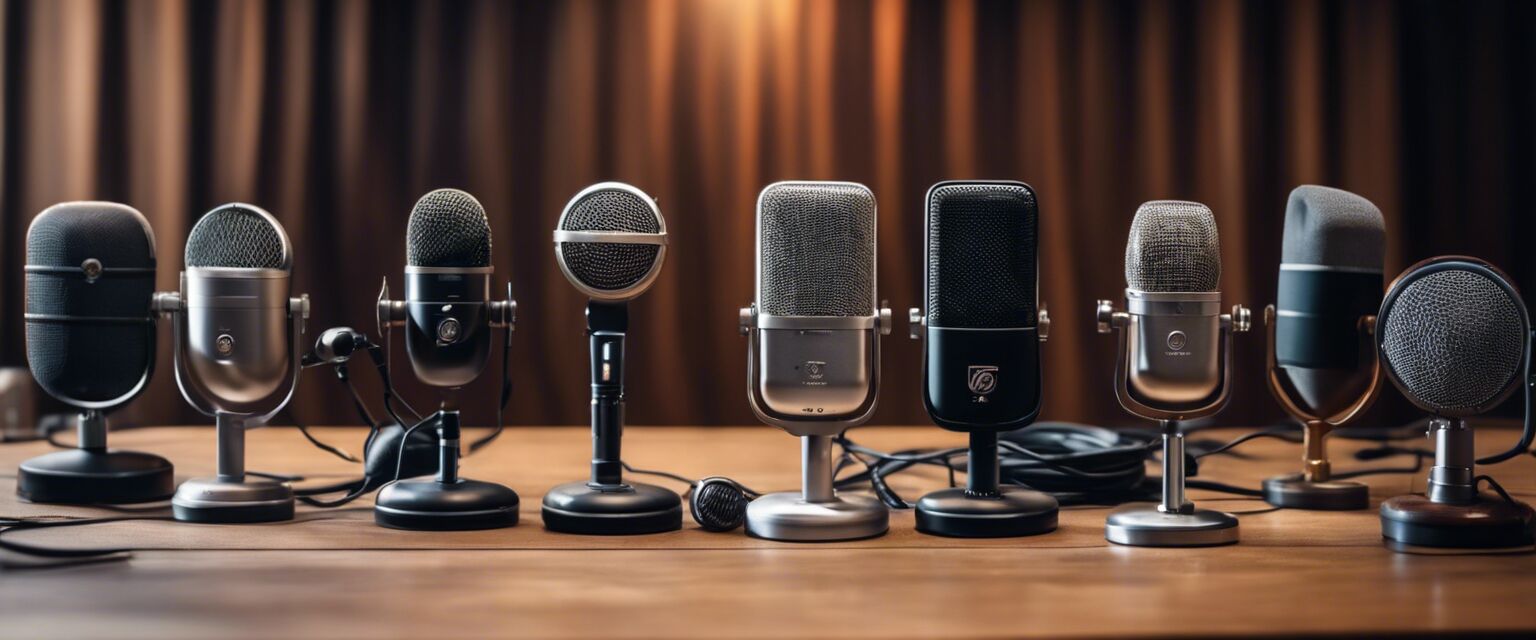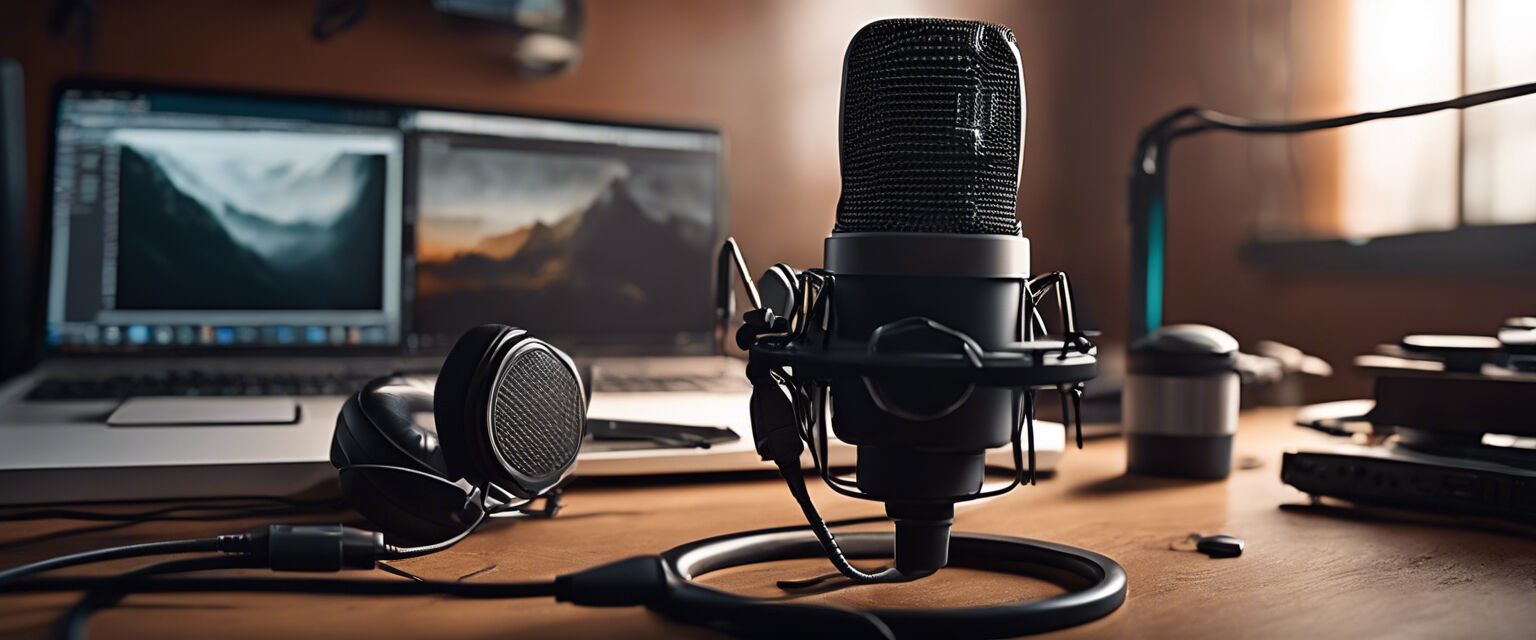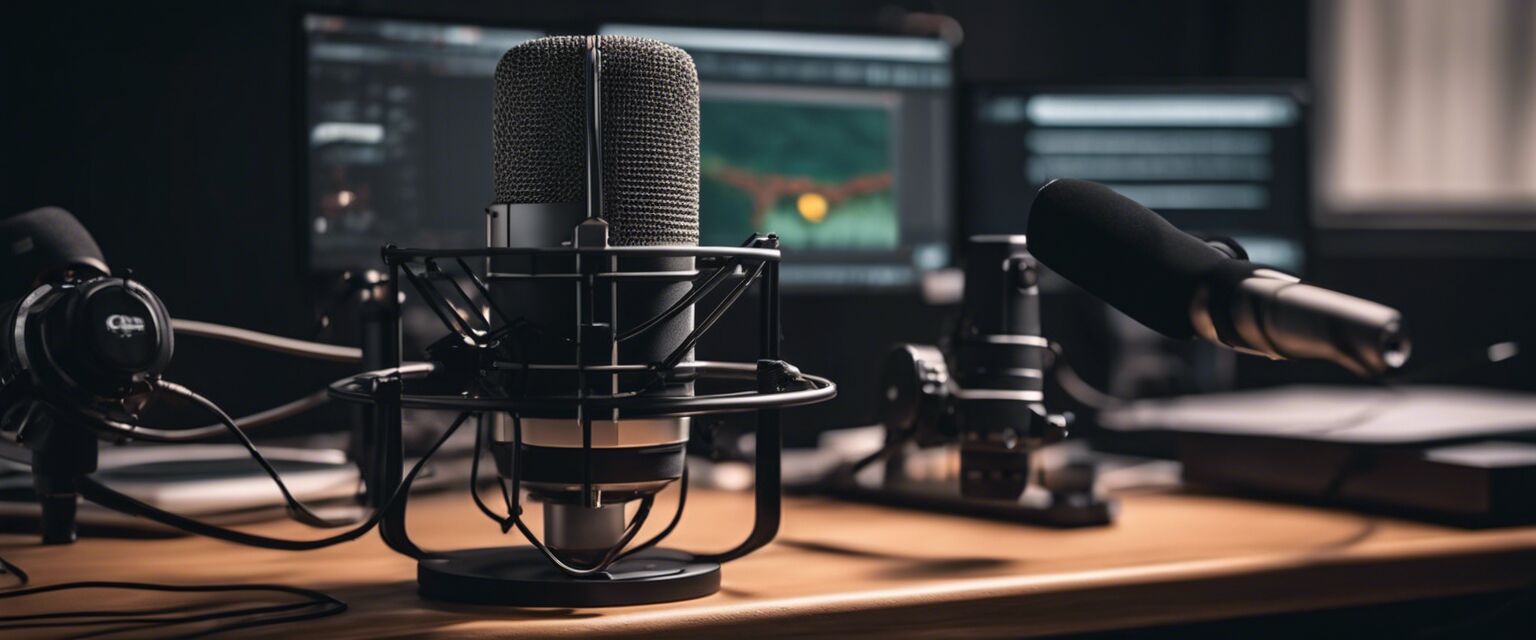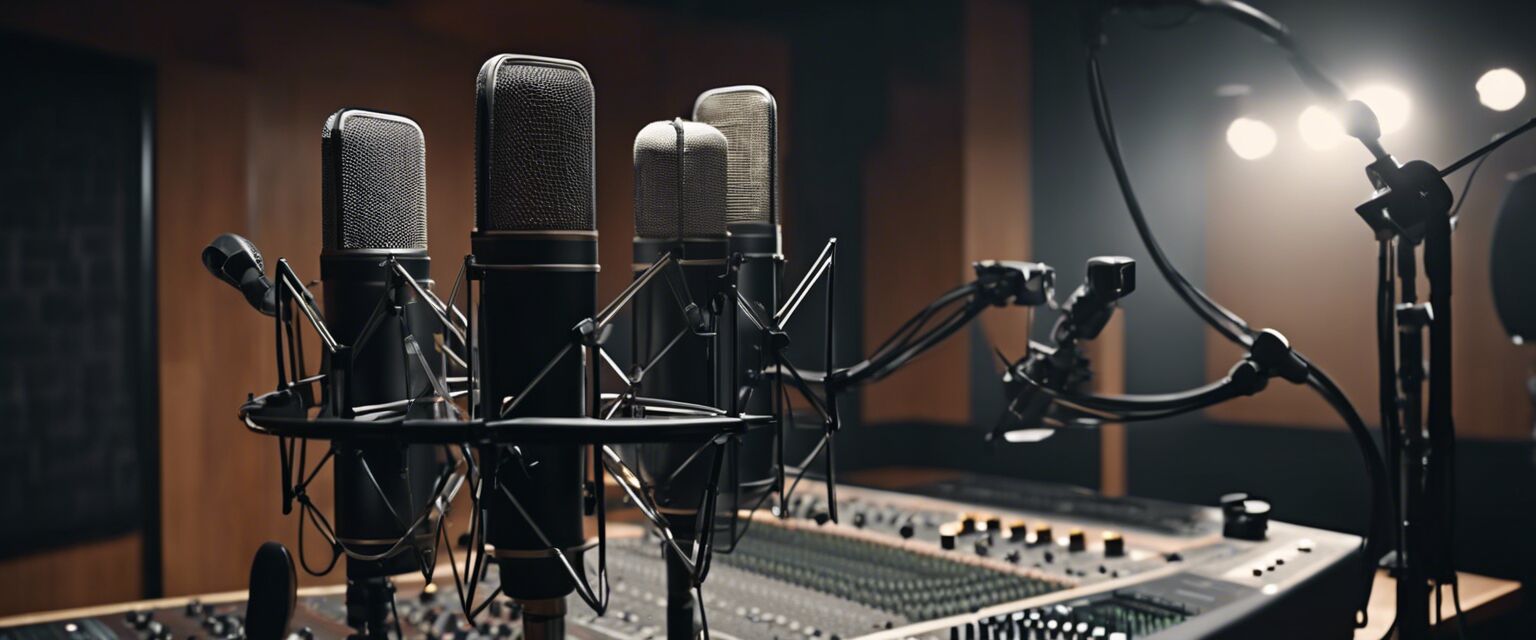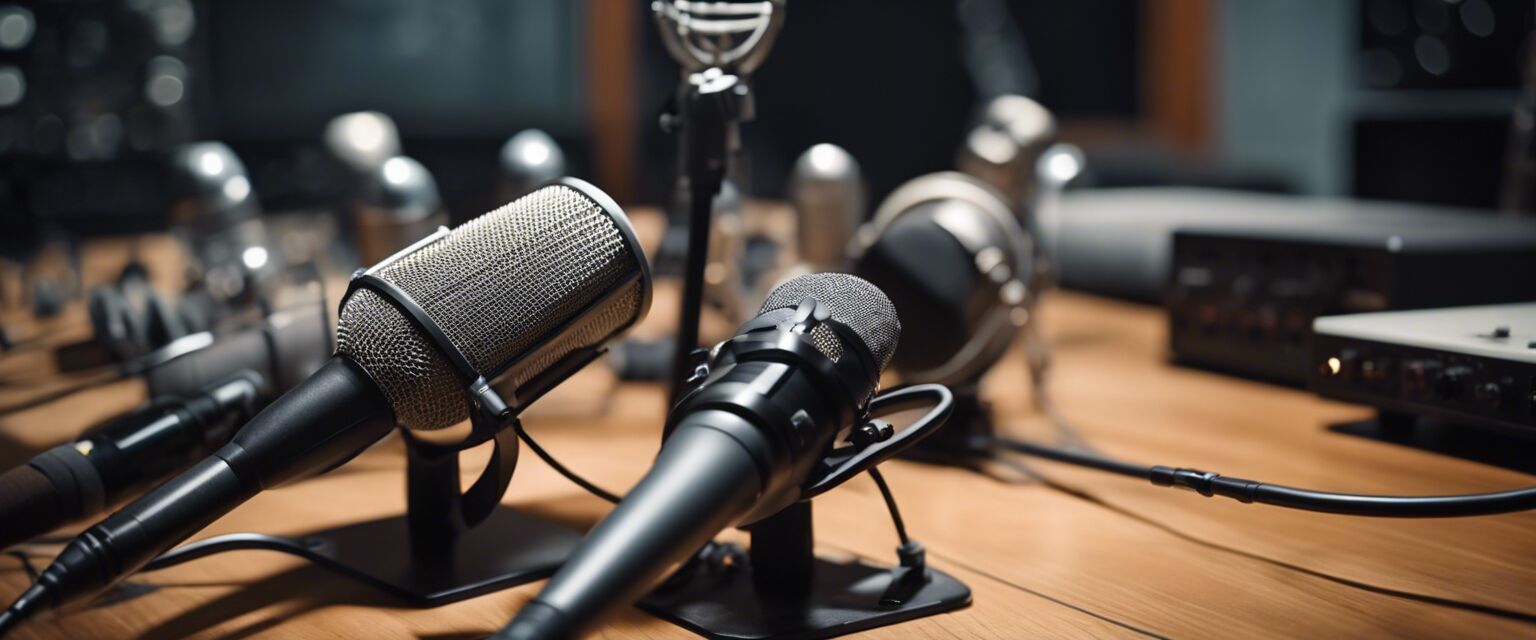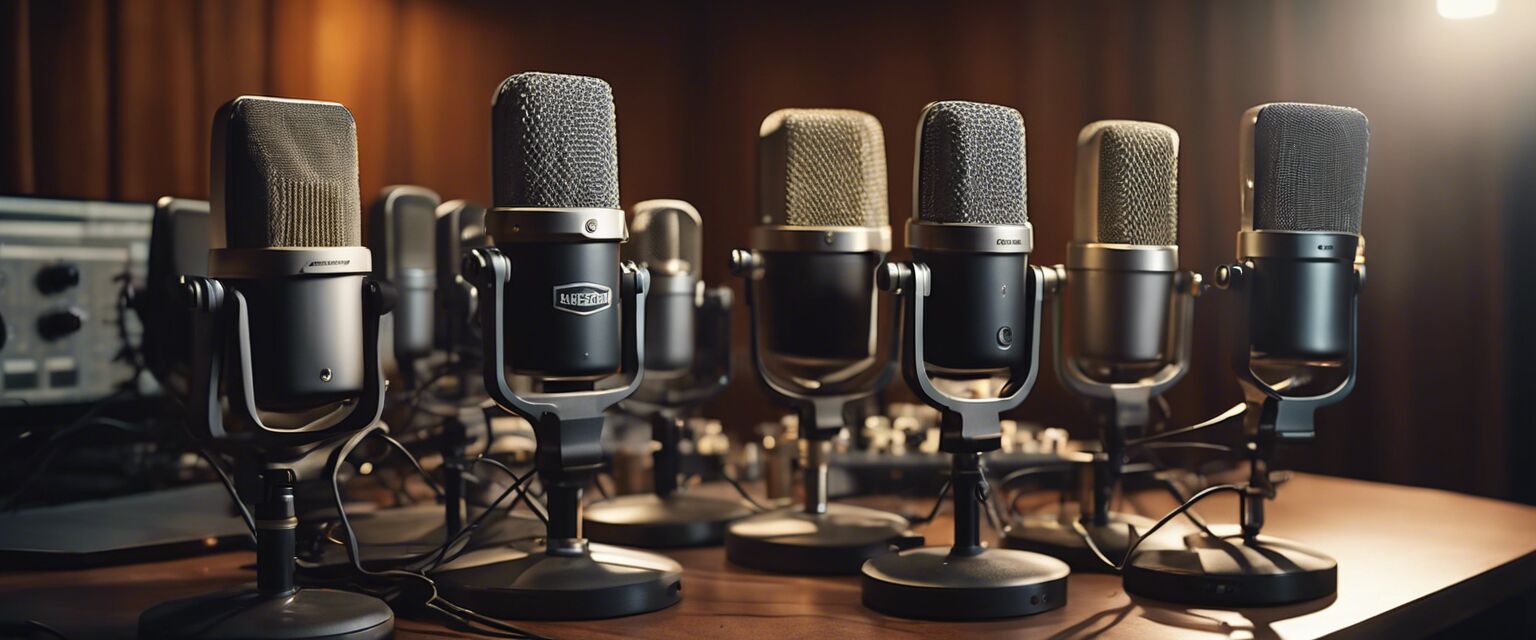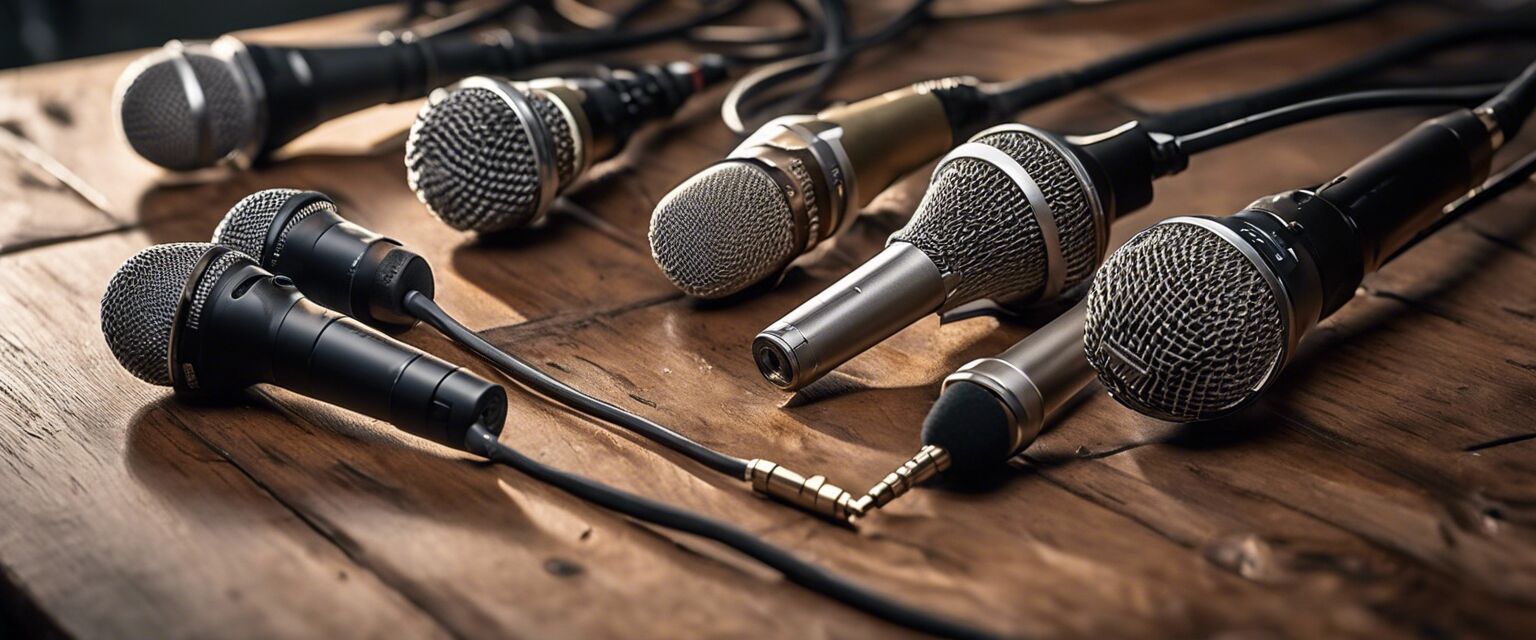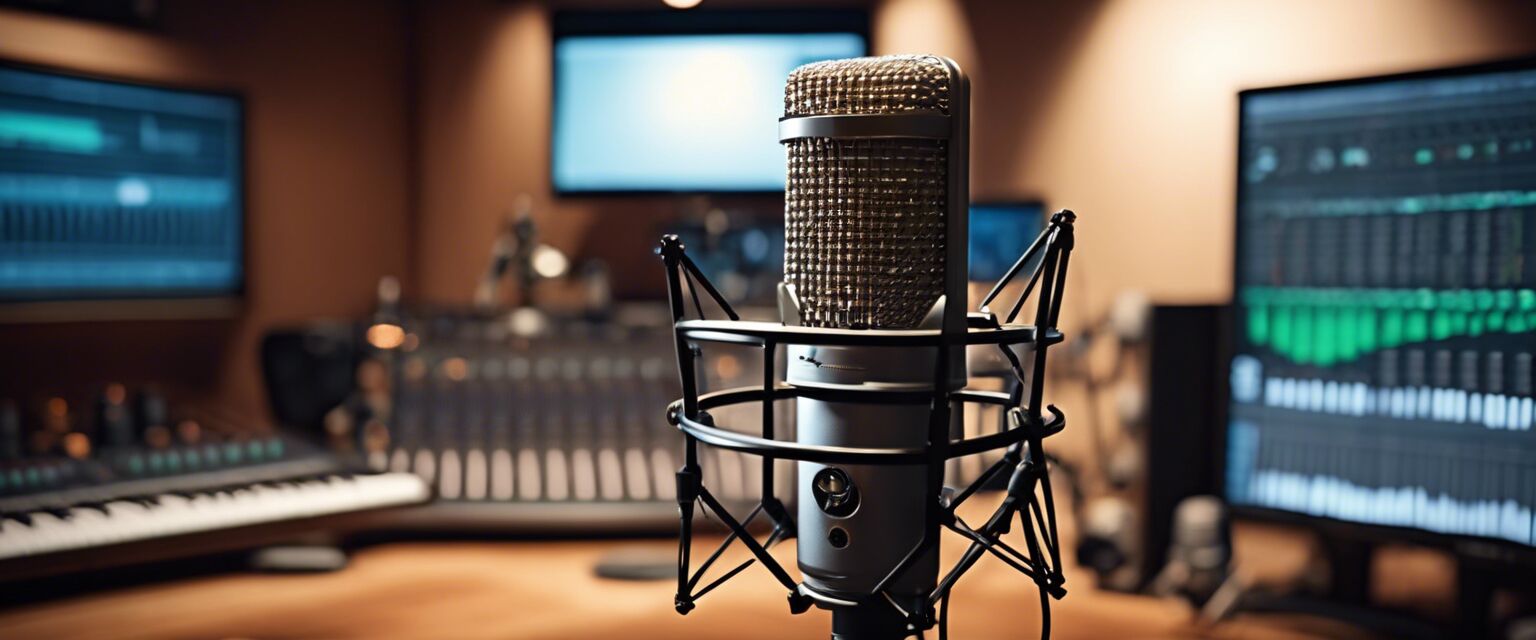
Best Microphones for Instruments
Key Takeaways
- Choosing the right microphone can greatly enhance your recording quality.
- Different types of microphones serve different purposes in capturing sound.
- Understanding polar patterns is crucial for effective mic placement.
- Budget options can still offer professional-grade quality.
Microphones play a crucial role in capturing the essence of musical instruments, and the market offers a plethora of options to choose from. The right microphone can elevate your recordings, whether you're working in a studio or at home. In this guide, we'll explore various types of microphones that are ideal for capturing the true sound of your instruments.
Types of microphones for recording instruments
Not all microphones are created equal. Depending on the type of instrument you are recording and the environment, certain microphones will perform better than others. Hereâs a breakdown of the most common types:
| Microphone Type | Best For | Features |
|---|---|---|
| Condenser Microphones | Vocals, Acoustic Instruments | High sensitivity, wide frequency range |
| Dynamic Microphones | Electric Instruments, Vocals | Durable, capable of handling high sound pressure levels |
| Lavalier Microphones | Live Performances, Interviews | Small, clip-on, discreet |
| USB Microphones | Home Recording, Podcasts | Plug-and-play, ideal for beginners |
| Wireless Microphones | Live Performances | Freedom of movement, good signal range |
Understanding microphone polar patterns
The polar pattern of a microphone describes how it picks up sound from different directions. Understanding microphone polar patterns is essential for optimal placement and capturing the best sound. Here are the most common types:
- Cardioid: Best for isolating sound from the front while rejecting noise from the sides and back.
- Omnidirectional: Picks up sound equally from all directions, great for ambient recordings.
- Bidirectional: Captures sound from the front and back, perfect for duet vocals.
Choosing the right microphone for your instrument
The choice of microphone largely depends on the type of instrument. To help you make an informed decision, weâve compiled a table of recommendations for various instruments.
| Instrument | Recommended Microphone Type | Notes |
|---|---|---|
| Acoustic Guitar | Condenser Microphone | Captures the nuances of the instrument. |
| Electric Guitar | Dynamic Microphone | Handles high volumes without distortion. |
| Drums | Dynamic Microphone | Durable and able to capture high sound levels. |
| Piano | Condenser Microphone | Records the depth and richness of the sound. |
| Brass & Woodwinds | Condenser Microphone | Ideal for capturing the brightness and detail. |
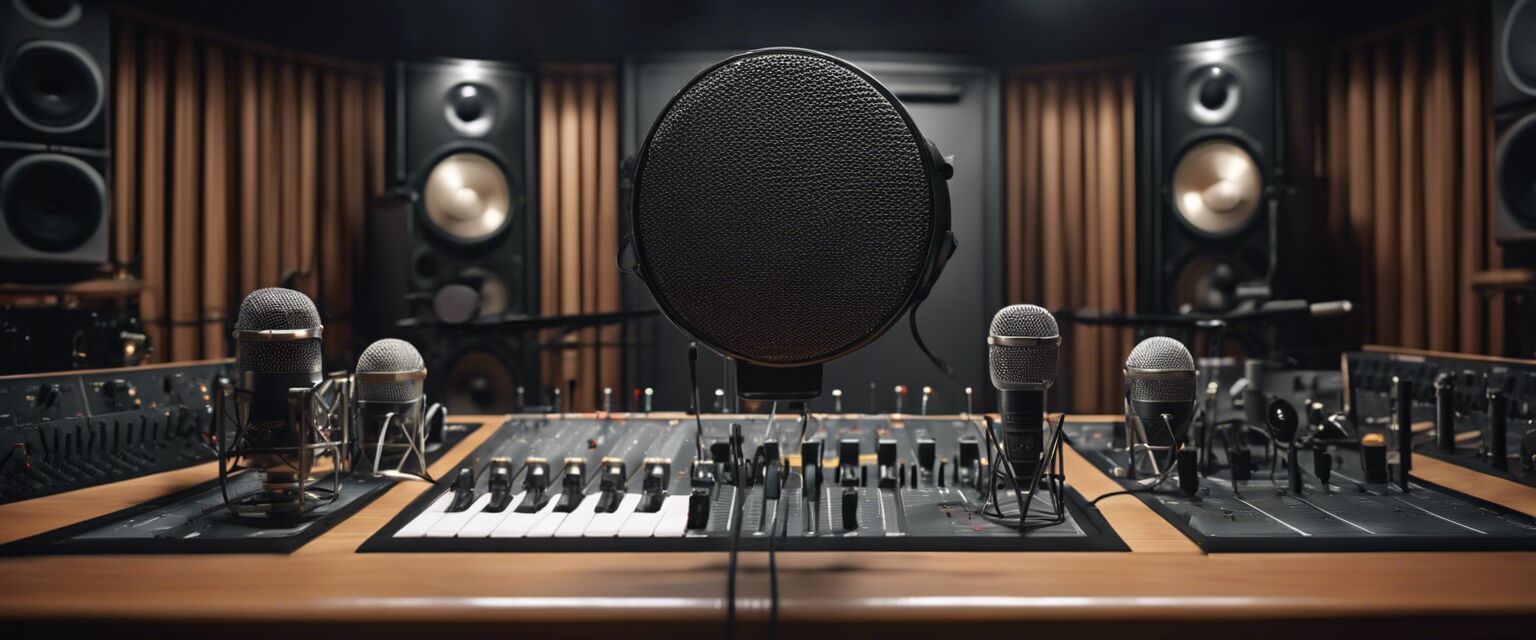
Budget-friendly options for recording microphones
Finding a quality microphone does not always require breaking the bank. Here are some budget-friendly options that still offer excellent sound quality:
- Audio-Technica AT2020: Great condenser microphone for vocals and acoustic instruments.
- Shure SM57: Versatile dynamic microphone perfect for instruments and vocals.
- Blue Snowball iCE: A great USB microphone for home recordings and beginners.
- Rode SmartLav+: Affordable lavalier mic ideal for interviews and presentations.
Best practices for microphone placement
Once youâve selected your microphone, proper placement can make all the difference in sound quality. Here are some best practices:
- Distance: Keep the microphone at an optimal distance from the sound source; too close can cause distortion, while too far can lose clarity.
- Angle: Experiment with the angle to determine what captures the best tone for your instrument.
- Isolation: Use pop filters or isolation shields to reduce unwanted background noise.
- Environment: Record in a quiet space, and use acoustic treatment if necessary to improve sound quality.
Pros
- Variety of options to suit all instrument types.
- Different budgets are accommodated with quality choices.
- Enhanced sound quality improves overall recordings.
Cons
- Some microphones require additional equipment (like an audio interface).
- Quality microphones can be a bit expensive.
Conclusion
Choosing the best microphone for recording has a significant impact on the quality of your music. Whether you're a novice or an experienced musician, understanding the various types of microphones, their features, and the best practices for their use will enhance your recording experience and output. Don't hesitate to explore different types to see what works best for your unique sound!
Tips for beginners
- Start with a versatile microphone that can handle different recording situations.
- Always test your microphone placement before recording an important session.
- Donât shy away from asking for feedback on your recordings for improvement.
Learn more about different microphone types
If you're looking for more specific information on types of microphones that might suit your needs, check out our detailed guides:
- Condenser Microphones
- Dynamic Microphones
- Lavalier Microphones
- Studio Microphones
- USB Microphones
- Wireless Microphones
